NRAO eNews
Volume 9, Issue 4
2 May 2016
NRAO eNews
Volume 9, Issue 4 • 2 May 2016

Upcoming Events

ALMA Baseline Correlator Workshop
May 2 - 5, 2016 | Charlottesville, VA

15th Synthesis Imaging Workshop
Jun 1 - 8, 2016 | Socorro, NM

AAS Splinter Session: North American ALMA Development Program
Jun 14, 2016 | San Diego, CA

Half a Decade of ALMA: Cosmic Dawns Transformed
Sep 20 - 23, 2016 | Indian Wells, CA

Coexisting with Radio Frequency Interference
Oct 17 - 20, 2016 | Socorro, NM
Save The Dates: 3 – 5 August 2016!
First Announcement
U.S. Radio – Millimeter – Submillimeter Science Futures II
3 – 5 August 2016
Baltimore, Maryland
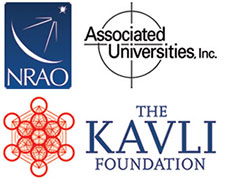
The NRAO is now organizing the second in a series of three conferences for the broader community to discuss potential U.S. futures for radio-millimeter-submillimeter science in the 2020’s and beyond. Funded by Associated Universities, Inc. (AUI) and the Kavli Foundation, the first of these meetings was held 15-17 December 2015 in Chicago, and the Science Working Group Reports crafted during this conference are available on-line.
The second of these U.S. Radio Futures conferences will be held 3-5 August 2016 in Baltimore, Maryland. Please save these dates and plan to join us for this important and continuing discussion of the future of U.S. radio-millimeter-submillimeter science.
Additional information about this Futures II conference – including the conference website and registration information – will be available soon.
RFI 2016: Coexisting with Radio Frequency Interference

NRAO will host RFI 2016: Coexisting with Radio Frequency Interference, in Socorro, New Mexico 17 - 20 October 2016. This is latest in a series of international meetings discussing radio frequency interference (RFI) and RFI mitigation for passive sciences – radio astronomy and remote sensing. Additional information is available at the conference website, including the call for papers. Please note the following important dates for RFI 2016.
| Paper submission deadline | 20 June 2016 |
| Paper acceptance notification | 15 August 2016 |
| Author registration | 15 September 2016 |
| Conference | 17-20 October 2016 |
Following the previous successful workshops held in Bonn (Germany 2001), Penticton (Canada, 2004), and Groningen (The Netherlands, 2010), RFI 2016 aims to bring together researchers, engineers and users from all radio science disciplines to consider how RFI affects their respective fields, to develop mitigation strategies, and to foster cooperation and collaboration. Attention will also be given to the impact of new and future sources of RFI, spectrum management challenges, and new technology developments. RFI 2016 will make positive steps towards enabling meaningful scientific observations in the presence of significant and growing RFI.
We hope to see you at RFI2016 in Socorro!
NRAO Users Committee Input
The NRAO Users Committee has created a web form to receive comments and suggestions from the astronomical community regarding any aspect of the Observatory’s scientific operations. Information submitted via this form is made available to each member of the NRAO Users Committee. The Committee is interested in accurately and comprehensively representing the scientific concerns, goals, and interests of the astronomical community relevant to the NRAO and welcomes any and all constructive comments and suggestions.
The next face-to-face Users Committee meeting will be held Wednesday-Thursday, 18-19 May 2016 at NRAO – Socorro and will be preceded by the face-to-face meeting of the ALMA North American Advisory Committee (ANASAC) on Tuesday, 17 May, also in Socorro. The ANASAC is a standing subcommittee of the Users Committee.
2016 Jansky Lectureship Awarded
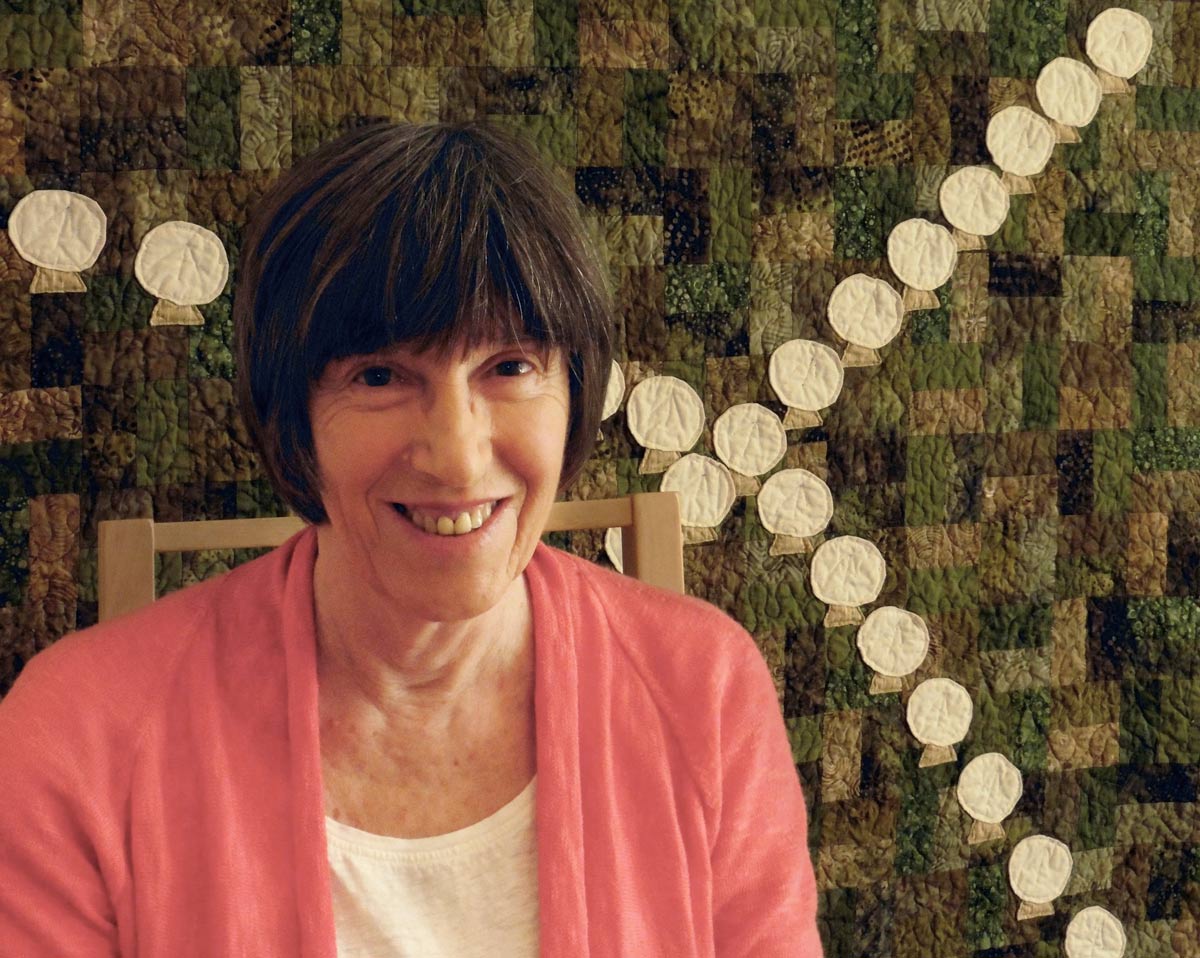
Professor Jacqueline H. van Gorkom
[click to enlarge]
I am very pleased to announce that Associated Universities, Inc. (AUI), and the NRAO have awarded the 2016 Karl G. Jansky Lectureship to Professor Jacqueline H. van Gorkom of Columbia University in New York City. The Jansky Lectureship is an honor established by the trustees of AUI to recognize outstanding contributions to the advancement of radio astronomy.
Professor van Gorkom is a longtime radio astronomer, specializing in studies of neutral hydrogen. Her observations have focused on the distribution and dynamics of hydrogen in and around nearby galaxies of varied types and in widely different environments, and how the gas affects the evolution of the galaxies. She currently leads an important Very Large Array (VLA) observing project aimed at learning how these properties change over time by observing hydrogen at greater cosmic distances.
She received her Ph.D. in astronomy from the Kapteyn Astronomical Institute in the Netherlands, was a postdoctoral fellow at the NRAO, and worked at the Raman Research Institute in India and Princeton University before joining the faculty at Columbia. She currently is Rutherford Professor of Astronomy at Columbia, and previously has served as Chair of the Department of Astronomy and Director of Graduate Studies.
Professor van Gorkom's awards include a National Science Foundation Faculty Award for Women, a Miller Visiting Professorship at the University of California, Berkeley, a Da Vinci Professorship at the Kapteyn Institute, and election as a Corresponding Member of the Royal Dutch Academy of Sciences. In addition, she has served on the visiting committees of the National Optical Astronomy Observatory and several radio observatories; on advisory committees for the VLA Upgrade Project; on the board of ASTRON, the Dutch national radio astronomy observatory; and on the site selection advisory committee for the Square Kilometre Array. She also has served on the scientific organizing committees of several astronomical symposia and on numerous proposal review boards for a variety of observatories and funding agencies.
Argus First Light at the GBT
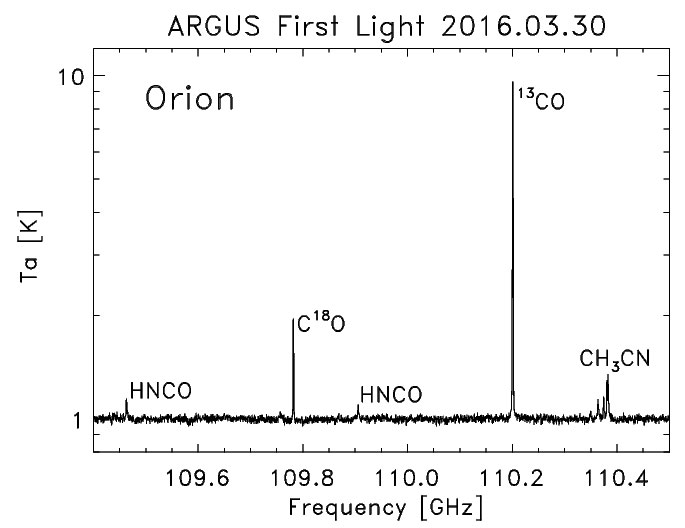
[click to enlarge]
The Argus 16-element W-band focal plane array obtained first light with the Green Bank Telescope (GBT) on 30 March 2016. This is the first time that the GBT has observed above 100 GHz. The spectrum in Figure-1 is from two, 30-second On-Off scans of the Orion star-forming complex and is a combination of data from the 8 beams of Argus that were fully connected.
These test observations targeted the 13CO and C18O lines near 110 GHz. The data have been plotted on a log-scale to show the faint spectral features along with the bright 13CO line, and the temperature scale is only an approximation. After initial commissioning, Argus will be available for shared-risk observations within its operational frequency range of 80-116 GHz.
Argus is a collaboration of Stanford University (Principal Investigator, Sarah Church), Caltech, NASA-JPL, University of Maryland, University of Miami, and NRAO.
A Millisecond Pulsar Ejected from a Globular Cluster?
The millisecond pulsar J1024-0719 has long been assumed to be nearby (< 0.4 kpc) and isolated owing to its low dispersion measure, proper motion limits, and lack of any observable influence from a binary companion. This small distance, however, implied peculiar gamma-ray and X-ray efficiencies. Now, new results from Kaplan et al. (2016) based on extended pulsar timing data at the Green Bank Telescope, and optical spectroscopy acquired at the 200-inch Palomar telescope, yield a parallax distance ~1 kpc and indicate that the pulsar is in a long-period (2 - 20 kyr) binary system with a low-mass, low-metallicity main sequence companion star.
The system has a high transverse velocity of nearly 300 km/s, implying that it arose from a population having a scale height of 2 - 4 kpc, rather than the 0.65 kpc typical of most millisecond pulsars. This suggests that the pulsar could have been formed in a globular cluster and subsequently ejected during an encounter with another star. At some time during the process, the pulsar's original companion star was exchanged for the current companion. Globular clusters form millisecond pulsars at a high rate, and this scenario would explain the peculiar companion star, the wide orbit, and the large space velocity. Bassa et al. (2016), working from an independent radio – optical data set, suggest that the system could have formed through the disruption of a triple system. There is not enough information to trace the pulsar to its parent cluster, but if this hypothesis is correct, J1024-0719 would be a rare instance of a field millisecond pulsar which is part of the ejecta from a globular cluster.
References
Kaplan, D.L. et al., PSR J1024-0719: A millisecond pulsar in an unusual long-period orbit, arXiv:1604.00131, submitted ApJ.
Bassa, C.G. et al., A millisecond pulsar in an extremely wide binary system, arXiv:1604.00129, submitted MNRAS.
2016 Jansky Fellowships Awarded
The NRAO Jansky Fellowship program provides outstanding opportunities for research in astronomy. Jansky Fellows formulate and carry out investigations either independently or in collaboration with others within the wide framework of interests of the Observatory. The program is open each fall to candidates with interest in radio astronomy research, instrumentation, computation, and theory. Prior radio experience is not required. Multi-wavelength projects leading to a synergy with NRAO instruments are encouraged.
We are pleased to announce that three new Jansky Fellows will be joining NRAO in the fall of 2016.
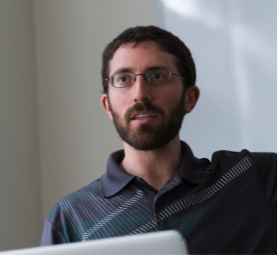 |
Adam Ginsburg, an incoming Jansky Fellow at NRAO in Socorro, received his Ph.D. from the University of Colorado, working with John Bally on the Bolocam Galactic Plane Survey. His research is focused on millimeter and radio observations of high-mass stars forming within high-mass clusters and on using molecular lines as probes of physical conditions in dense gas. He has experience using Arecibo, the Green Bank Telescope, the Jansky Very Large Array, and the Atacama Large Millimeter/submillimeter Array. |
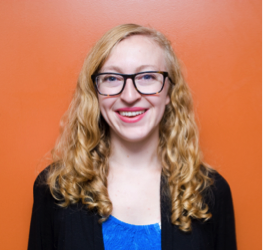 |
Jackie Villadsen, an incoming Jansky Fellow at NRAO in Charlottesville, will complete her Ph.D. at Caltech in 2016. She uses radio spectroscopy of stellar flares to search for extrasolar space weather events such as coronal mass ejections and stellar aurorae. She uses the Very Large Array and Very Long Baseline Array and has worked on a team developing the Starburst Project, a stellar radio burst spectroscopy facility at the Owens Valley Radio Observatory. |
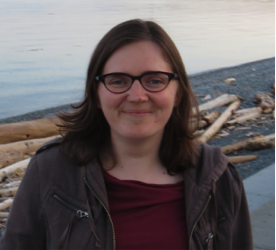 |
Laura Fissel, an incoming Jansky Fellow at NRAO in Charlottesville, completed her Ph.D. at the University of Toronto and was previously a Center for Interdisciplinary Exploration and Research in Astrophysics (CIERA) Fellow at Northwestern University. Laura studies the magnetic field of our Galaxy, in particular, the role that magnetic fields play in star formation. She also works on the development of balloon-borne telescopes that operate above most of the Earth’s atmosphere and can be used to make detailed maps of the magnetic fields in our Galaxy. |
ALMA Program News
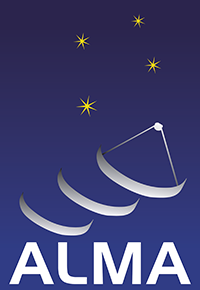
Conferences
Pre-registration and abstract submission are open at the website for the international ALMA science conference, Half a Decade of ALMA: Cosmic Dawns Transformed, which will be held in Indian Wells, California from 20-23 September 2016.
Molecular Gas in Galactic Environments, a North American ALMA Science Center (NAASC) science workshop, was held 4-7 April 2016 in Charlottesville, Virginia. Over 100 participants discussed the character of the molecular gas in the varied environments in which these molecules are found beyond our Galaxy. Presentations and abstract books are available at the conference website.
Cycle 4 Proposal Deadline
The ALMA Cycle 4 proposal deadline was 15h UT on Thursday, 21 April 2016, and approximately 1,600 proposals were received from the international community. Multiple NRAOLive! Outreach events were held to support the community in this Call, and more than 200 participants attended these events at locations across North America. The ALMA Proposal Review Committee will meet 20-24 June 2016 to assess the proposals. Principal Investigator notifications will be delivered at the end of July.
Cycle 3 Science Observing
The ALMA 12m array remains in Cycle 3 configuration C36-2/3. Normally there are more than 40 antennas available for observations; so the configuration is very similar to C40-3. This configuration provides 1.5 arcsecond resolution at 100 GHz on its 15 – 460m baselines. During the latter part of April and the beginning of May, antennas will be moved to the longer baselines in the C36-4 array, increasing the resolution to 0.9 arcsecond at 100 GHz.
North American ALMA Development Program
ALMA Development Study proposals for the current Call are due 2 May 2016. Reports from previous studies on Solar Observing, on a 2nd generation Band 10 receiver, and on a 2nd generation Band 6 receiver, have been posted at the ALMA Development Study Call website. An ALMA Baseline Correlator Workshop will be held in Charlottesville 2 – 5 May. There will be an ALMA Development Splinter Session at the summer American Astronomical Society meeting in San Diego on 14 June at which the current status of the program will be presented and discussed. A one-day Development Workshop will be held in Charlottesville on 24 August. A new Call for Development Studies and Projects is expected in October 2016.
CASA Release 4.6 & Patch Release 4.5.3
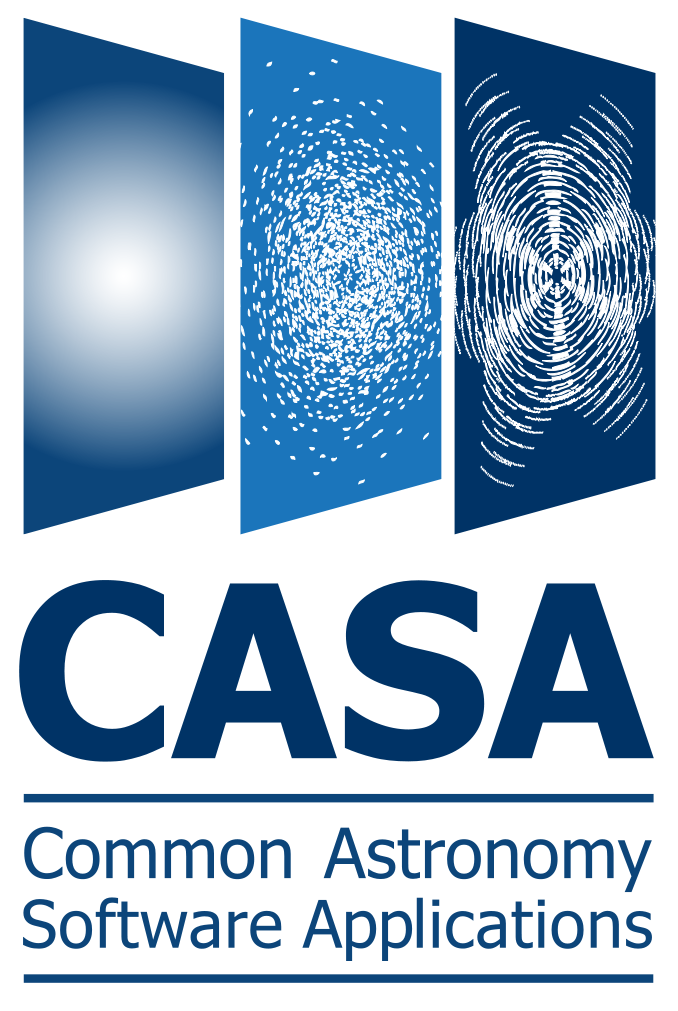
We are pleased to announce Common Astronomy Software Applications (CASA) release 4.6 and the patch release of CASA 4.5.3. The CASA 4.5.3 patch contains an important fix to behavior in the ALMA pipeline.
CASA is being developed by NRAO, ESO, and NAOJ and is used for the offline reduction and analysis of both ALMA and VLA data. CASA is fully scriptable. Full support is provided for ALMA and VLA but almost any data that can be written in uvfits format can be imported and reduced in CASA (e.g., CARMA, SMA, ATCA).
CASA 4.6.0 and CASA 4.5.3 are now available from the CASA homepage.
Supported Operating Systems for CASA 4.6.0 are:
- Linux (64bit): RedHat 5 & 6
- Mac OS: 10.10 & 10.11
Supported Operating Systems for CASA 4.5.3 are:
- Linux (64bit): RedHat 5 & 6
- Mac OS: 10.9 & 10.10
The CASA 4.5.3 release fixes a bug affecting the ALMA pipeline when interpolation=‘nearest’ is chosen for an ephemeris object calibrator. CASA 4.5.3 is now the approved Cycle 3 ALMA calibration pipeline. CASA 4.6.0 development was focused on stability and performance improvements. The new features enabled by the release are described in the CASA 4.6.0 release notes.
We encourage you to subscribe to the following mailing lists: Subscribe to Casa-announce to receive announcements of new releases, workshops, and more; and Subscribe to Casa-users to receive alerts for critical bugs and code updates.
The third issue of the CASA Newsletter was published 31 March 2016 and provides additional CASA news, information and updates.
If you have any questions, please consult the NRAO helpdesk, or the ALMA helpdesk for all ALMA questions. CASA also has a discussion forum on https://science.nrao.edu/forums.
2015 Robert L. Brown Award
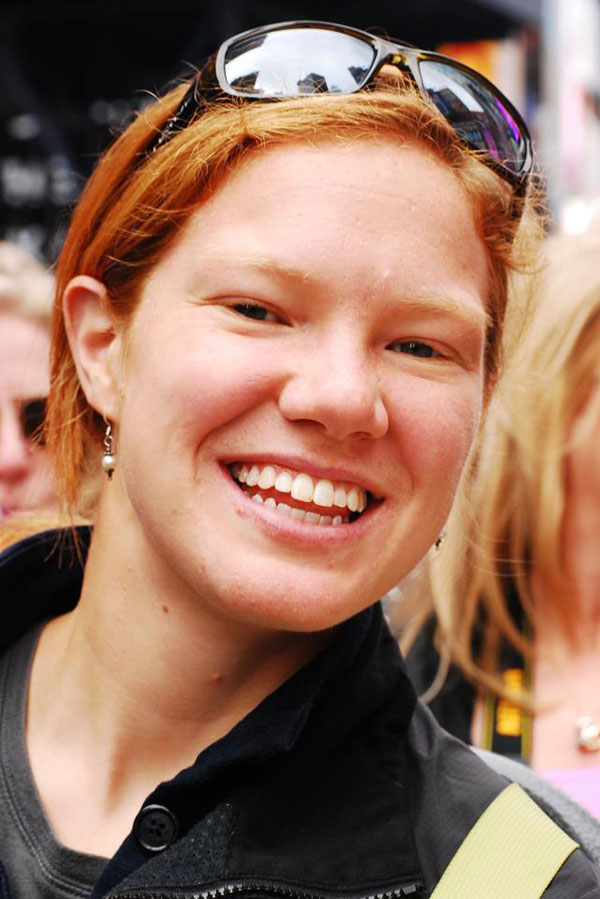
Dr. Adele Plunkett
[click to enlarge]
The NRAO and Associated Universities, Inc. (AUI) are pleased to announce that Dr. Adele Plunkett is the recipient of the 2015 Robert L. Brown Award for an Outstanding Doctoral Dissertation. Dr. Plunkett was recognized for her study of molecular clouds that serve as the incubators of clusters of new stars. Her work showed outflows being launched during the stellar birth process that impact their nearby siblings – a result that extends the classical view of isolated star formation to the far more common situation when families of stars are born together. The Award – a $1,000 check and framed certificate – was presented in Charlottesville on 21 April, after which Dr. Plunkett will presented a colloquium on her research.
The Award is administered by NRAO and AUI on behalf of Robert (Bob) Brown’s colleagues, family, and friends, and is given each year to a recent doctoral degree recipient in the United States whose dissertation is substantially based on new observational data obtained at any NRAO facility and is considered to be of an exceptionally high scientific standard.
Application materials for the 2016 Robert L. Brown Award should reach RLBrownAward@nrao.edu by 31 December 2016. Visit the Award website for additional information.
Recent Media Releases
Career Opportunities
Research Engineer in Millimeter and Submillimeter Wavelength Electronics: The NRAO in Charlottesville, Virginia, invites applicants who are research engineers with expertise in millimeter/sub-millimeter wavelength electronics. The successful candidate will be a member of the NRAO Scientific Staff and will join the millimeter/sub-millimeter receiver group in the Central Development Laboratory in Charlottesville. She/he will play a leading role in a program of design and development of low-noise millimeter/sub-millimeter wavelength instrumentation for astrophysical observation. This has been identified by NRAO as a key technology area for the next generation of radio telescope instrumentation.
Assistant Scientist: The NRAO is accepting applications for an Assistant Scientist position in Socorro, New Mexico. The position entails independent research and functional responsibilities. The research may be multi-wavelength in nature but should be synergistic with NRAO facilities and the broad mission of the Observatory. Preference will be given to those who have already used the Very Large Array (VLA) for their research, or have a clear plan of how to do so in the future. For functional work, the Assistant Scientist will have a range of possible duties, involving support of the NRAO user community, operation and enhancement of the VLA, pipeline heuristics and development, and aspects of a next generation VLA design. Specific functional duties will depend on the evolving needs of the Observatory and the skills and interests of the successful applicant. The appointment is expected to be made at the level of Assistant Scientist; in exceptional cases, a higher rank will be considered.
Deputy Head of the Joint ALMA Observatory Program Management Group (Deputy Program Manager): The Atacama Large Millimeter/submillimeter Array (ALMA), an international astronomy facility in Santiago, Chile, is actively recruiting a Deputy Head of the Joint ALMA Observatory Program Management Group (Deputy Program Manager). The Deputy Program Manager will work closely with the ALMA Regional Centers as well as with the Joint ALMA Operation Departments of Computing and Engineering. The successful candidate will be expected and encouraged to conduct a high-profile astronomical research program. Research in areas directed towards use of ALMA will be strongly encouraged.
For additional information on these openings and other NRAO career opportunities, please visit the NRAO – Career Opportunities web pages.
From the Archives
Ellen Bouton

[click to enlarge]
About this month's photograph: The Visitor Center at the Very Large Array (VLA) was dedicated 33 years ago, on 16 April 1983, with exhibits, slide shows, and instructions for a self-guided walking tour designed to educate the public and to excite people about science, astronomy, and NRAO. Over the years, the slide show became a video, which has changed multiple times – the current version is an award-winning video narrated by Jodie Foster – the building has had several interior remodels and has expanded to include a gift shop, the Bracewell Sundial has been added for visitors to explore, and many, many visitors have come through the doors, an average of up to 22,000 in recent years. In this photo, Assistant Director Ron Ekers introduces guests and speakers at the dedication ceremony.[Left to right] Ekers, AUI Board President Robert Hughes, former New Mexico Governor Bruce King, unidentified, unidentified, State Senator James Martin, New Mexico Tech Professor of Mineral Engineering Catherine T. Aimone-Martin, Alice King, and another unidentified person. Thanks to Miller Goss, Dave Finley, and Judy Stanley for caption information and identifications. If you can name any of the unidentified people, please contact Ellen Bouton.
From the Archives is an ongoing series illustrating NRAO and U.S. radio astronomy history via images selected from our collections of individuals' and institutional papers. If readers have images they believe would be of interest to the Archives, please contact Ellen Bouton.

